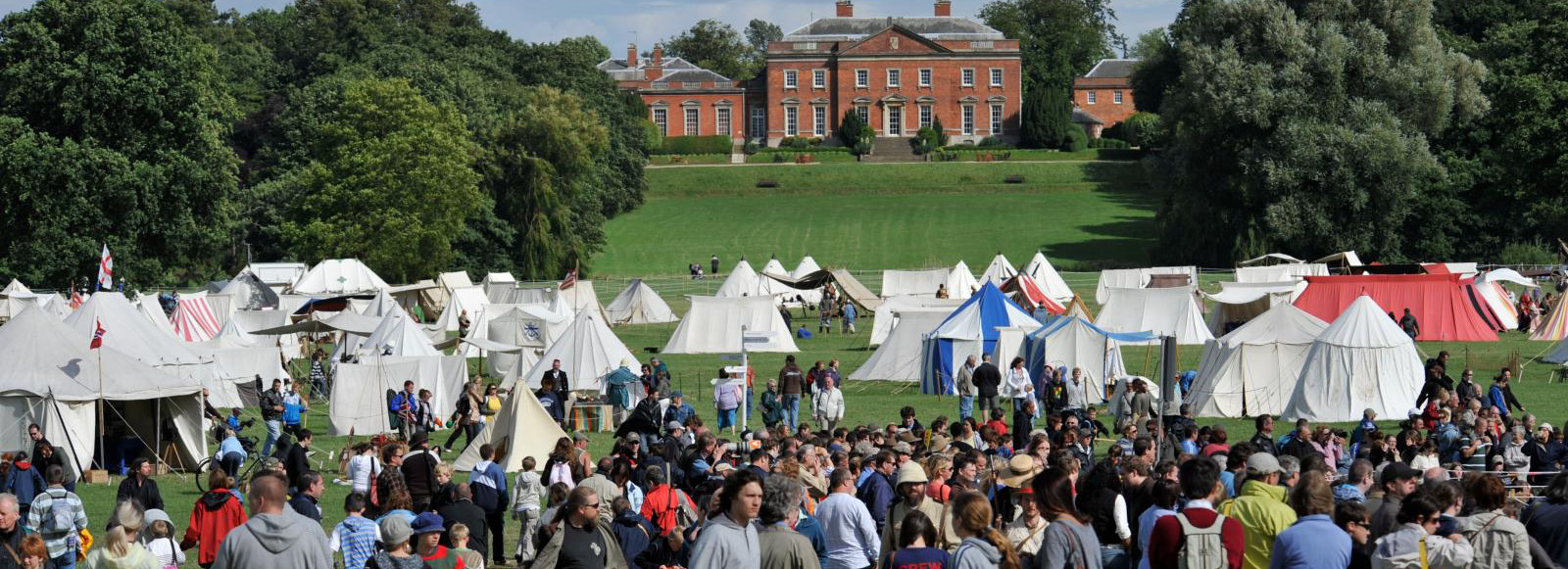2015 – Caring for the Local Historic Environment
In 2015, Heritage Counts reported on the views and experiences of those responsible for looking after the local historic environment. Three pieces of research were commissioned, which are all summarised in the National Report.
The research chapter is divided into four key areas:
- Designated heritage
- Caring for heritage – the value of our local historic environment
- Caring for heritage – in practice
- Caring for heritage – the role of Government
Survey of listed building owners
Alastair Coey Architects and ECORYS (previously Ecotec) were appointed to undertake a survey of listed residential building owners.
Questions were developed around the following themes:
- Awareness and knowledge: Familiarity with listed building consent requirements and the planning processes; engagement with heritage organisations, access to information and guidance.
- Drivers and barriers for repair and maintenance: The frequency and type of work undertaken; access to specialist workers; access to specialist materials.
- Attitudes: Understanding the value owners place on owning a listed building.
The survey was issued to a total sample of 10,500 listed building owners through a covering letter and postal survey. Interlocking quotas were used for region and listing grade to ensure sufficient sample size for sub group analysis. The number of respondents who completed the main survey was 1,002, which represents a ten per cent response rate. The numbers were sufficient to explore the response differences by region and grade, which are reported in the full report.
Anyone interested in this should make contact with the Social and Economic Research team (contact details: [email protected]).
Free guide for owners
A Guide for Owners of Listed Buildings has been prepared by Historic England to answer some of the most commonly asked questions by those who live in or care for listed buildings.
Sign up to get a free digital copy of our Guide for Listed Building Owners
Use of historic buildings for residential purposes
Colliers were commissioned to investigate what might be done by the public sector to encourage conversion of large heritage assets at risk to residential use. Specific objectives of the work were to:
- Examine examples and characteristics of historic buildings that have been redeveloped for residential use;
- Understand more about the underlying motivation and investment returns for large scale development of historic properties for residential purposes;
- Understand the main challenges and opportunities associated with large scale development of historic buildings for residential purposes, including issues to do with maintenance of the property after the development is complete;
- Draw conclusions about the lessons for policy makers in terms of what, if anything, the public sector could do to encourage developers to acquire and convert heritage assets to residential use, where it would be appropriate.
Building preservation trusts
The UK Association of Preservation Trusts (UKAPT) was commissioned to undertake research amongst building preservation trusts. The aim of this research was to provide insight into the motivation behind the adoption of particular projects, how work was financed, community involvement and the future maintenance of different projects. A questionnaire was developed by UKAPT and approved by Historic England. The survey was distributed via Survey Monkey and sent out to 150 English UKAPT members and to a further 208 English non-member organisations. There were 48 responses, of which 36 were from UKAPT members and 12 from non-members.
Case studies
The following case studies and profiles relate to the 2015 Heritage Counts research on caring for the local historic environment.





